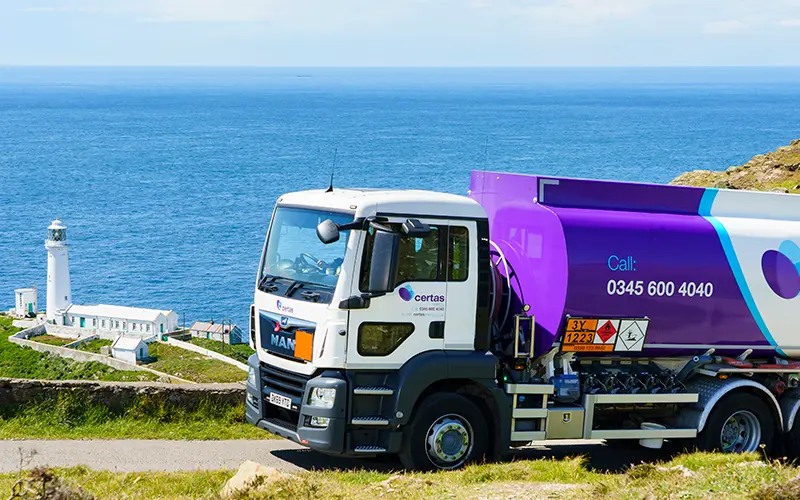In this article we explain about the factors affecting prices in the oil distribution industry
Buying oil, like any utility, is one of those necessary purchases that must take place to keep businesses running throughout the year.
Unlike gas or electric, the cost of oil is comparatively easy to interpret as there is just one variable – the pence per litre (ppl) price – to follow.
However, since the media frenzy surrounding the Crude Oil price crash at the end of last year and early 2015, customers are questioning why their oil is priced as it is and what the connection is between the price of crude oil and the price of heating oil, gas oil and diesel.
Here we explain about the factors affecting prices in the oil distribution industry.
Oil derivatives (heating oil, gas oil, diesel) – Platts
Oil derivatives such as gas oil are bought and sold on a trading platform called Platts. Like any trading mechanism, the Platts price moves daily. The ppl price charged by the distributor for all oil grades is affected by the movement in the daily trading price, but isn’t the only factor taken into consideration when determining the daily selling price.
Crude Oil – Brent
In recent months, most oil price discussions relate to the price of crude oil, which is predominantly traded on the Brent platform. While there is a strong correlation between the trading price of oil derivatives on Platts and crude oil on Brent, they are not synchronised and the price of one can and does move differently to the other, moving up and down independently at different times.
For Certas Energy non-contracted customers, each day customers will be offered a ppl price, which is based on the company’s Platts plus selling price on that date and often fluctuates from day to day.
Other costs are factored into the ppl price. For example, when oil is purchased, the price paid is for future delivery. Therefore, distribution companies will need to take account of how much was paid for the stock in their system (i.e. what the oil cost when it was purchased, rather than what it would cost to replace today), when setting the daily Platts plus price. In addition, distributors may take into account costs attributed to the lengthy supply chain, including transport costs from the refinery, storage, personnel, taxation and economies of scale.
Darren Holloway, Commercial Manager from Certas Energy, commented: “For our business customers, who need their fuel stock replenished throughout the year, we can offer contracted supply arrangements whereby we shoulder the risk of a volatile market and changes in downstream costs without any impact on the price offered to the customer. For contracted customers, fuel consumption is easy to budget for and the risk of detrimental price fluctuations is removed.
“As with any business in the current economic climate, we have to ensure that our prices are competitive. At Certas Energy we always take whatever steps we can to offer competitive prices to win and retain customers in an aggressively priced market.”
If you’d like to discuss your business’ oil usage, we have monitoring tools available to help analyse and manage your business consumption. Talk to your sales representative to find out more, or email [email protected] if you’d like someone to contact you about your business requirements
TAKE CONTROL OF YOUR FLEETS FUEL
Ready to start fuelling your business' success?
Steamline your fleet operations, control costs, and experience the benefits of Certas Energy Fuel Cards. Get in touch to start saving today.



